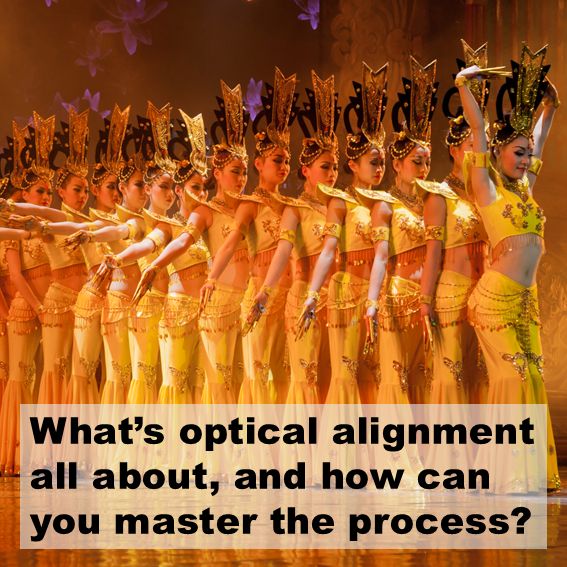Conducting experiments or making measurements in a vibration-free environment is crucial, especially for optical systems that require precise alignment. To ensure the stability and accuracy of optical experiments and measurements, it is essential to identify and mitigate common sources of vibration. Let’s learn more about these sources and explore effective strategies to address them.
Common sources of vibration
- HVAC systems and air conditioners (Frequency: 10 Hz to 1000 Hz, Amplitude: 0.001 mm to 0.1 mm)
- foot traffic and nearby movement (Frequency: 1 Hz to 100 Hz, Amplitude: 0.01 mm to 1 mm)
- elevator or lift mechanisms (Frequency: 5 Hz to 50 Hz, Amplitude: 0.01 mm to 0.1 mm)
- traffic vibrations from outside (Frequency: 5 Hz to 50 Hz, Amplitude: 0.01 mm to 0.1 mm)
- equipment pumps and compressors (Frequency: 10 Hz to 1000 Hz, Amplitude: 0.001 mm to 0.1 mm)
- fans and motors (Frequency: 10 Hz to 1000 Hz, Amplitude: 0.001 mm to 0.1 mm)
- construction activities in the vicinity (Frequency: 1 Hz to 100 Hz, Amplitude: 0.01 mm to 1 mm)
- seismic activity (Frequency: 0.1 Hz to 10 Hz, Amplitude: 0.1 mm to 10 mm)
The wavelength of visible light is approximately 0.5 μm, making interferometry-based experiments nearly impossible in the presence of even submicron amplitude vibrations. Laser applications often involve focusing the beam to a radius of just a few microns. If the position of this spot is crucial to the system’s performance, vibrations in the micron range can ruin an experiment. Similarly, optical and mechanical machining or probing of semiconductor wafers require stability. Additionally, many experiments involve mechanical elements that move or vibrate and therefore need to be isolated from other critically aligned components.
Strategies to mitigate vibration sources
Addressing sources of vibration in optical systems can be accomplished by following these steps:
- Identify the sources of vibration: It is essential to identify all the possible sources of vibration in the environment where the optical system is located.
- Determine the frequency and amplitude of the vibrations: Once you have identified the sources of vibration, it is necessary to determine the frequency and amplitude of each vibration source. This information will help you choose the appropriate vibration isolation measures.
- Implement vibration isolation measures: Implementing vibration isolation measures can help minimize the impact of vibrations on optical systems. Common vibration isolation measures include using vibration-damping materials, isolating optical setups on vibration isolation platforms, and using vibration isolation mounts.
- Use appropriate optical tables and breadboards: Optical tables and breadboards are designed to provide a rigid and flat upper surface without excessive weight. The best optical tables are typically mounted seismically, often on air springs, to prevent the coupling of ambient background vibrations.
- Consider thermal disturbances: Air conditioning systems and cooling fans can cause thermal disturbances, resulting in relative motion between components due to material expansion and contraction caused by temperature fluctuations. It is crucial to consider the effects of thermal disturbances when designing the optical system and selecting appropriate vibration isolation measures.
- Consider virtual movements: Some experimental techniques are sensitive to virtual movements as a consequence of changes to the refractive index of air and its density, both of which have a temperature dependency.
- Regularly monitor and maintain the system: Regularly monitoring and maintaining the optical system can help identify potential issues and prevent damage caused by vibration. Regular maintenance, including cleaning and inspection, can also help ensure the system’s stability and accuracy over time.
By following these steps, it is possible to address the sources of vibration in optical systems and ensure the stability and accuracy of optical experiments and measurements. All the best in building a vibration-free environment!
Feature photo: Johnny Tam, National Eye Institute
For further information or if you have any questions, please do not hesitate to contact me.



